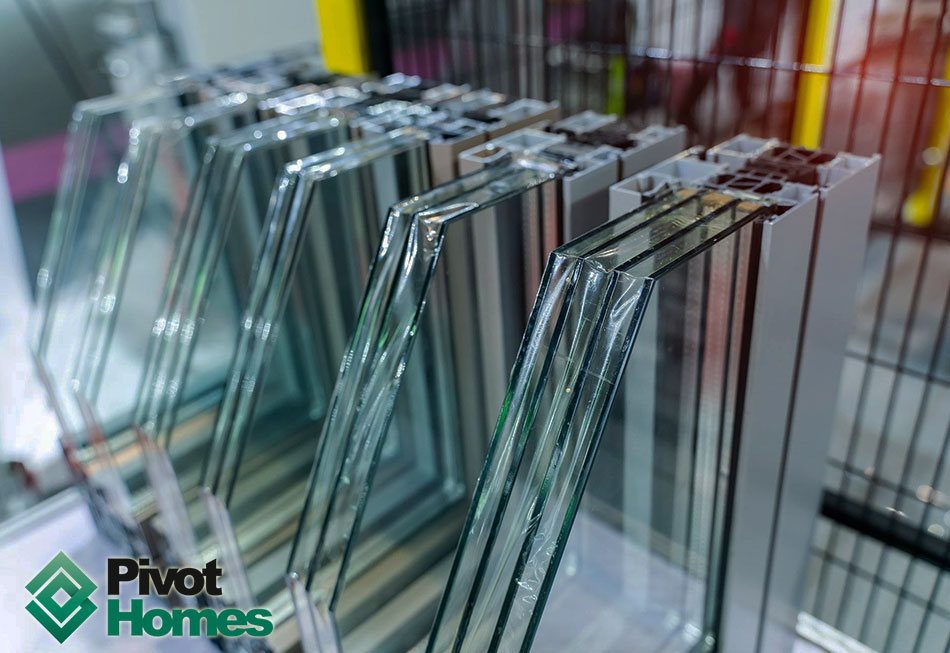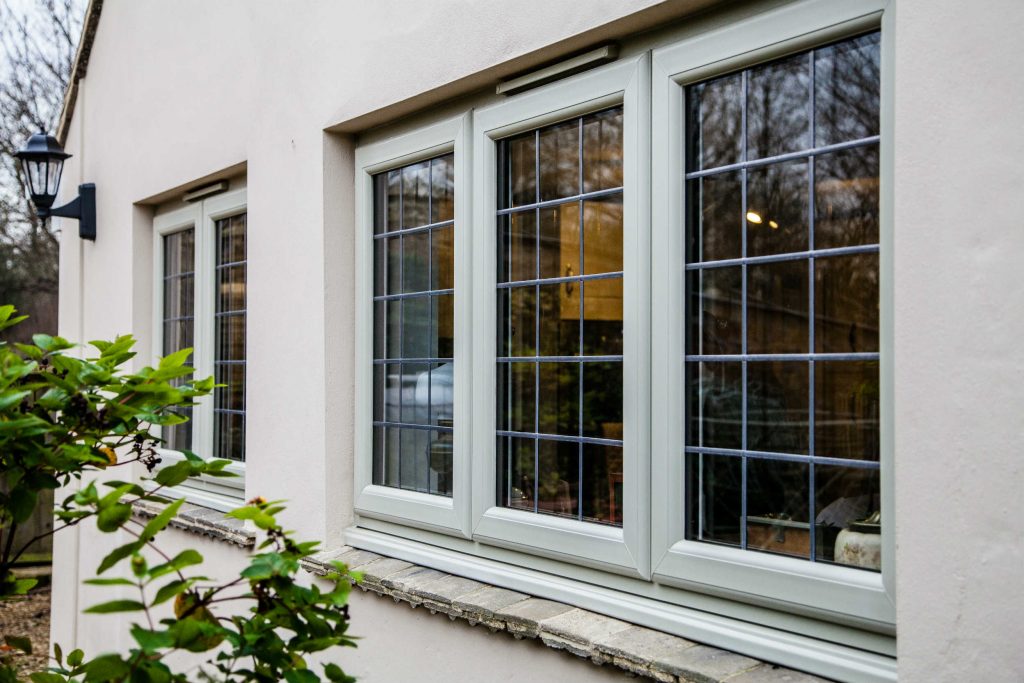All Categories
Featured
Table of Contents
Double Glazing For Warmer Temperature : R/melbourne in Coolbinia WA
Laminated glass is typically used in locations in the house most vulnerable to injury from human impact such as bathrooms, doors, around staircases and in areas near to the floor (it satisfies the requirements of 'shatterproof glass' that is mandated for use in these locations by Australian Standard AS 1288 Glass in structures).
Toughened glass has actually been 'tempered' by being reheated and quickly cooled again. This process makes it much stronger than basic glass it can withstand greater impact loads before breaking. It also makes it much safer because, when it does shatter, it breaks into lots of small cubic pieces instead of dangerous shards.
What Are The Benefits Of Double Glazed Windows? in Mullaloo Western Australia
However, toughened glass has no thermal or acoustic benefits over other glass of the very same toning or thickness. Secondary glazing is where single-glazed windows are retrofitted with a transparent acrylic or glass sheet attached to the within of the frame or openable sash with a secondary frame or with magnetic strips.


Secondary glazing will not carry out also thermally as a made IGU, since it is difficult to completely seal the perimeter, but it can supply excellent noise control. Window films are a thin polymer movie consisting of a soaking up color or reflective metal layer, with an adhesive support. They adhere to your glazing to change its colour or make it reflective.
Upvc Double Glazed Windows Australia in Dalkeith Western Australia
Applied to existing glass, some window films can cut in half the overall SHGC of the window by absorbing and/or reflecting solar radiation. This can be particularly useful in hotter climates where cooling is the primary concern, or on east and west elevations straight exposed to long durations of sunshine. However, window movies may also lower noticeable light transmittance.
For this reason, it is normally best to use a recognized installer of window film. Frames have a considerable effect on the thermal efficiency of doors and windows, since energy can be gotten and lost through the frame, as well as through the glass. Different kinds of frame will allow various levels of heat gain and loss, so mindful option of frame is essential for reliable passive design.
Double Glazing Vs Triple Glazing: Which Should You Choose in Lakes Perth
However, aluminium is likewise an excellent conductor of heat and will decrease the insulating value of a glazing system, unless particularly crafted to reduce this. A 'thermally broken' frame is comprised of 2 aluminium sections linked by a structural insulator (typically a low-conductivity structural polymer). This 'breaks' the thermal connection through the aluminium and minimizes the heat streaming through the frame.
They can be costly, however rates are decreasing as they become more typical. Lumber frames are an excellent natural insulator that can fit some home designs. Lumber frames ought to be made from types that have naturally high sturdiness or be dealt with to prevent decay and deformation. Examine that the wood is sourced from a sustainably handled forest.
Window Glazing For Households - Energy in Shelley Perth
(weather removing) is set up.
u, PVC doors and windows have exceptional thermal efficiency Image: Ben Wrigley (Light Home Architecture and Science) Composite frames utilize aluminium profiles on the outer areas with either a wood or u, PVC inner section. These integrate the low upkeep and toughness of aluminium with much improved thermal performance.
Latest Posts
Why Is Double Glazing So Important In Winter? in Floreat Western Australia
Pros And Cons Of Argon Gas In Windows in Bedford Perth
Can I Have Double Glazing In A Summerhouse? in Madeley Perth